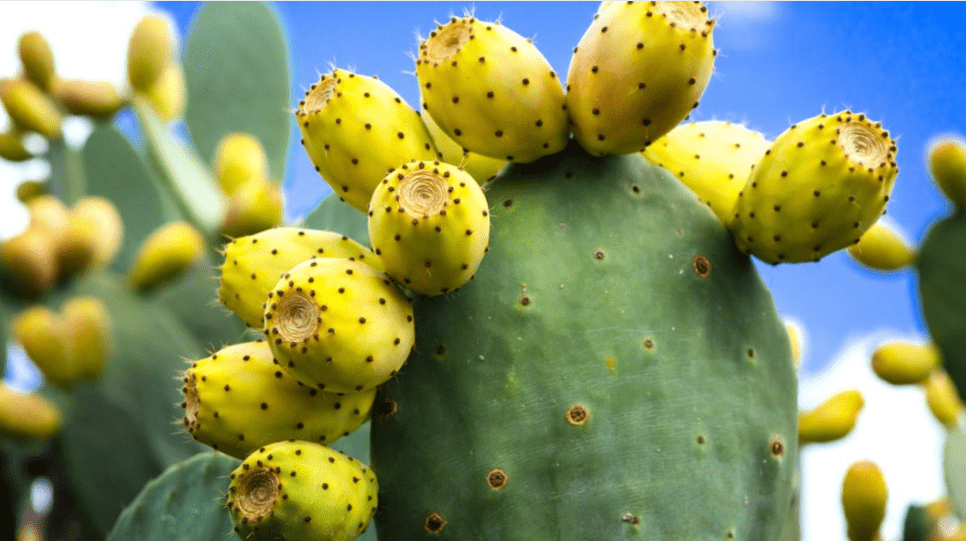
Growing Green Prickly Pear: Essential Care Tips for Beginners
Green prickly pear plants are a unique and beautiful addition to any garden, but they do require specific care to thrive. In this post, we’ll cover everything beginners need to know to successfully grow and care for green prickly pear plants, including soil and watering requirements, sunlight and temperature needs, and essential care tips. Whether you’re a seasoned gardener looking to add a new plant to your collection or a beginner looking for a low-maintenance yet stunning plant, this guide will help you nurture your green prickly pear plants to their full potential.
Table of Contents
ToggleChoosing the Right Variety
A. Types of Prickly Pear Cacti
Before you start growing green prickly pear plants, it’s important to choose the right variety for your garden. There are several types of prickly pear cacti, each with its own unique characteristics and requirements. Some varieties are more cold-hardy, while others prefer warmer climates. Be sure to research the different types of prickly pear cacti and choose one that suits your specific growing conditions.
Preparing for Planting
A. Selecting the Ideal Location
When preparing to plant your green prickly pear cacti, it’s important to select an ideal location that meets their specific needs. Make sure to choose a spot with plenty of sunlight, as these plants thrive in bright, direct light. Additionally, ensure that the soil is well-draining to prevent water from pooling around the roots. Consider planting them in a raised bed or on a slope to improve drainage. It’s also important to choose a location where they won’t be at risk of damage from strong winds or excessive moisture. By carefully selecting the right spot for your green prickly pear plants, you’ll set them up for success and ensure that they can thrive in your garden.
B. Preparing the Soil
In order to prepare the soil for your green prickly pear cacti, it’s important to ensure that it is well-draining and nutrient-rich. Consider adding sand or perlite to improve drainage and prevent water from pooling around the roots. You can also mix in organic matter, such as compost or well-rotted manure, to provide the cacti with essential nutrients. It’s important to avoid overwatering the plants, so be mindful of the soil’s drainage capabilities. By taking the time to properly prepare the soil, you can create an ideal growing environment for your green prickly pear cacti.
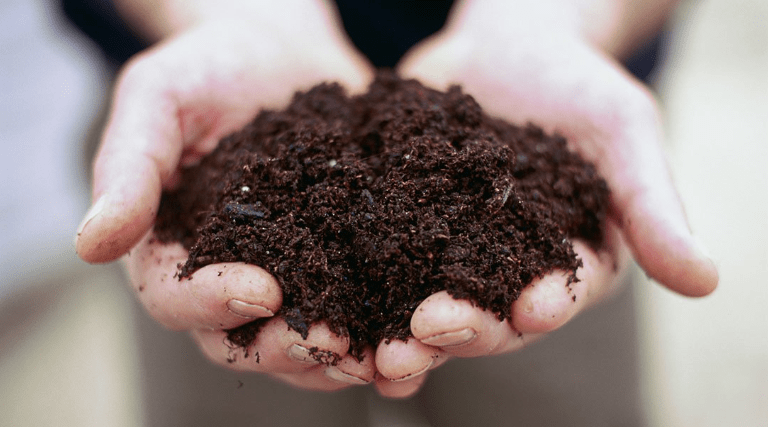
Planting Green Prickly Pear
A. Starting from Seeds
1. Seed selection and preparation
When planting green prickly pear cacti from seeds, it’s important to select high-quality seeds from a reputable source. Make sure to properly prepare the seeds by soaking them in water for 24 hours to help soften the hard seed coat and improve germination. After soaking, plant the seeds in well-draining soil and keep them lightly moist until they germinate. It’s important to provide proper sunlight and warmth for the seeds to thrive. With careful preparation and attention to detail, you can successfully start your green prickly pear cacti from seeds.
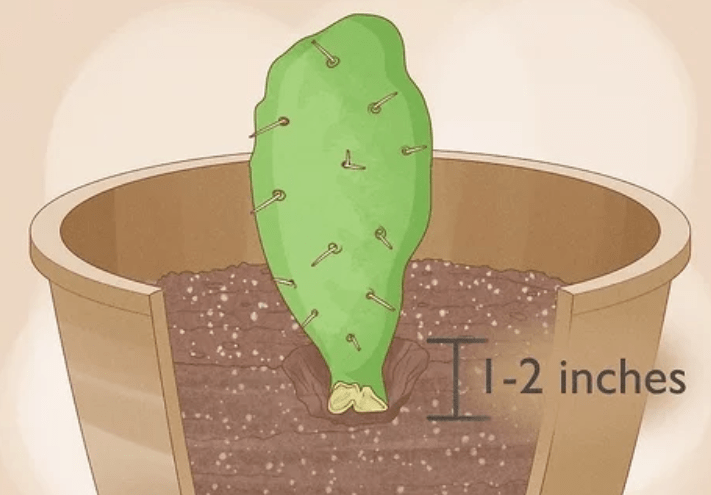
B. Starting from Pads (Cladodes)
When starting green prickly pear cacti from pads, also known as cladodes, it’s important to select healthy, disease-free pads from a mature cactus. Make sure to allow the cut ends of the pad to dry and callus over for a few days before planting. Once the cut end is calloused, plant the pad in well-draining soil and keep it lightly moist until roots begin to develop. It’s important to provide proper sunlight and warmth for the pad to establish itself and grow. With careful preparation and attention to detail, you can successfully start your green prickly pear cacti from pads.
Watering and Mulching
A. Watering Guidelines
When it comes to watering your green prickly pear cacti, it’s important to be mindful of their water needs. During the growing season, which is typically spring and summer, water the cactus thoroughly but allow the soil to dry out between waterings. In the winter months, reduce watering and only water when the soil is completely dry. It’s important not to overwater, as this can lead to root rot. By following these watering guidelines, you can help ensure the health and vitality of your green prickly pear cacti.
B. Mulching Techniques
Mulching can be a helpful way to conserve moisture, suppress weed growth, and improve the overall health of your green prickly pear cacti. When mulching around the base of the cactus, be sure to use a well-draining material such as gravel, rocks, or a specialized cactus mix to avoid trapping excess moisture. Apply a thin layer of mulch to help retain moisture and protect the roots from extreme temperatures. Be mindful not to cover the entire base of the cactus, as this can lead to moisture buildup and cause issues with rot. With proper mulching techniques, you can provide a supportive environment for your green prickly pear cacti to thrive.
Fertilization and Feeding
A. Fertilization Schedule
Fertilization is an important aspect of maintaining the health and vitality of your green prickly pear cacti. It is recommended to fertilize your cacti during the growing season, which is typically in the spring and summer months. Use a balanced, water-soluble fertilizer specifically designed for cacti and succulents. Be sure to follow the instructions on the fertilizer packaging for the proper dilution and application method. Avoid over-fertilizing, as this can lead to nutrient imbalances and potential damage to the cactus. With a regular fertilization schedule, you can provide your green prickly pear cacti with the nutrients they need to thrive and flourish.
B. Natural and Organic Options
If you prefer natural and organic options for fertilizing your green prickly pear cacti, there are a few alternatives to chemical fertilizers. You can use compost or well-decomposed organic matter to provide nutrients to your cacti. Simply spread a thin layer of compost around the base of the cactus, being careful not to cover the stems or roots. Additionally, you can create a natural fertilizer tea by steeping compost or manure in water and using the strained liquid to water your cacti. These natural and organic options can provide the necessary nutrients without the use of synthetic chemicals. Be sure to maintain a regular fertilization schedule using these methods to keep your cacti healthy and vibrant.
Pruning and Shaping
A. When and How to Prune
When it comes to pruning your green prickly pear cactus, it’s best to do so in the spring or early summer, before the plant begins to actively grow. Use clean, sharp pruning shears to carefully remove any dead, damaged, or overgrown pads. It’s important to wear gloves and use caution when handling the cactus pads, as they are covered in sharp spines.
Additionally, if you want to shape your cactus, you can carefully remove pads to create a more uniform or aesthetically pleasing appearance. Just be mindful of the overall shape and balance of the plant as you prune.
After pruning, allow the cut ends of the pads to callus over for a few days before replanting them or disposing of them. Proper pruning and shaping can help maintain the health and appearance of your green prickly pear cactus.
Pest and Disease Management
A. Common Pests
Common Pests that can affect prickly pear cacti include spider mites, scale insects, and mealybugs. To manage these pests, you can use insecticidal soap or horticultural oil to suffocate and kill them. It’s important to regularly inspect your cactus for signs of pest infestations and treat them promptly to prevent damage to the plant.
B. Preventing and Treating Diseases
Preventing diseases in prickly pear cacti involves ensuring proper growing conditions, such as well-draining soil and avoiding overwatering. It’s also important to avoid injuring the cactus, as open wounds can make it more susceptible to disease. If you do notice signs of disease, such as rot or discoloration, it’s best to remove the affected areas and treat the cactus with a fungicide to prevent the spread of the disease. Regularly monitoring and maintaining the health of your cactus can help prevent and treat diseases effectively.
C. Organic and chemical treatment options
Organic and chemical treatment options for pest infestations in cacti include using neem oil, insecticidal soaps, or horticultural oils to control pests such as mealybugs or spider mites. These organic options are effective in treating and preventing pest infestations without harming the cactus. For more severe infestations, chemical treatments such as systemic insecticides may be necessary, but it’s important to carefully follow the instructions and safety precautions on the product label. Regularly inspecting and treating your cactus for pests can help maintain its health and prevent damage.
Encouraging Blooming and Fruit Production
A. Optimal Conditions for Flowering and Fruiting
Optimal conditions for flowering and fruiting in cacti include providing the right amount of sunlight, water, and nutrients. Cacti generally require full sunlight and well-draining soil to thrive and produce flowers and fruits. Additionally, giving the cactus a period of cooler temperatures and reduced watering in the winter can help encourage blooming. Fertilizing the cactus with a balanced, water-soluble fertilizer during the growing season can also promote flowering and fruit production. Providing these optimal conditions can help ensure that your cactus blooms and produces fruits successfully.
B. Pollination and Fruit Development
To encourage fruit development in cacti, it’s important to understand the process of pollination. Cacti flowers are typically pollinated by insects, such as bees and butterflies, so creating an environment that attracts these pollinators can increase the chances of successful fruit development. You can also hand-pollinate cactus flowers by transferring pollen from one flower to another using a small brush or cotton swab. Once pollinated, it’s essential to provide the cactus with adequate water and nutrients to support the development of the fruits. By understanding the process of pollination and providing the necessary conditions, you can encourage successful fruit development in your cacti.
Harvesting and Using Green Prickly Pear
A. How to Harvest and Use Green Prickly Pear
When harvesting green prickly pears, it’s important to use gloves to protect your hands from the prickly spines. Look for fruits that are firm and have a bright color, indicating ripeness. Use a pair of tongs to carefully pluck the fruits from the cactus, being mindful of the spines. Once harvested, you can remove the spines by gently rubbing the fruits with a brush or towel. Green prickly pears can be eaten raw or used in various recipes, such as salads, smoothies, or jams. To use them in cooking, simply peel the skin and remove the seeds before adding them to your desired dish. By following these steps, you can safely harvest and use green prickly pears in your culinary endeavors.
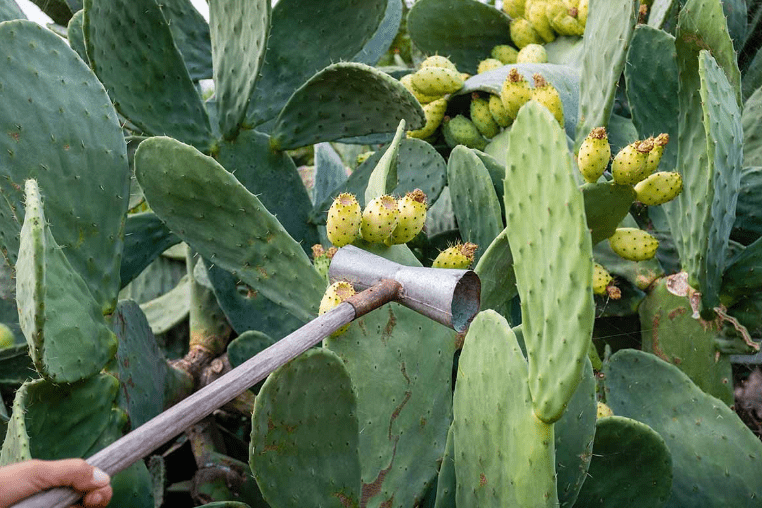
Troubleshooting Common Problems
A. Yellowing Pads, Poor Flowering, and Other Issues
Yellowing pads on a prickly pear cactus could be a sign of nutrient deficiency or overwatering. To address this issue, you can fertilize the cactus with a balanced, slow-release fertilizer and adjust the watering schedule to ensure the soil is not staying too wet. Poor flowering can be due to insufficient sunlight or improper pruning. Make sure the cactus is receiving adequate sunlight and prune any overgrown or damaged pads to encourage new growth. Additionally, be on the lookout for pests or diseases and address them promptly to maintain the health of the prickly pear cactus.
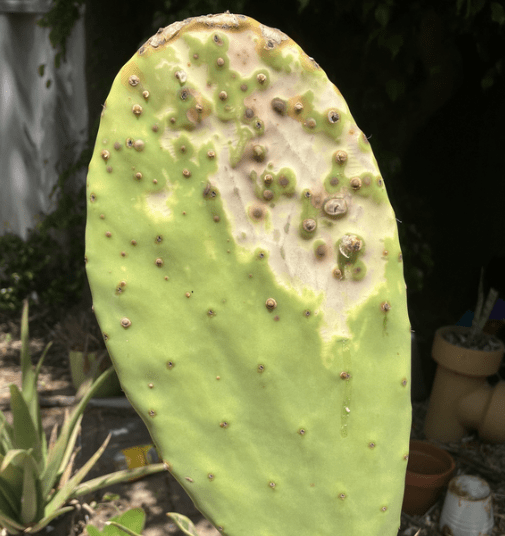
Winter Care and Seasonal Considerations
A. Preparing for Winter
To prepare your prickly pear cactus for winter, it’s important to consider a few factors. First, make sure to limit watering as the temperatures drop, as the cactus will not need as much moisture during the dormant season. Additionally, if you live in a colder climate, you may need to protect the cactus from frost by covering it with a blanket or moving it to a sheltered area. It’s also important to stop fertilizing the cactus in the fall to allow it to enter a state of dormancy. Lastly, be mindful of any potential winter pests or diseases and take steps to prevent or address them as needed. By taking these steps, you can help ensure that your prickly pear cactus remains healthy and vibrant through the winter months.
In conclusion, growing green prickly pear plants requires attention to their specific care needs, such as well-draining soil, adequate sunlight, and proper watering. It’s important to research and understand the unique requirements of these plants to ensure their successful growth. By following these essential care tips, beginners can enjoy the beauty of green prickly pear plants in their garden or home.
Frequently Asked Questions (FAQs)
The best soil for growing green prickly pear is well-draining soil with a sandy or rocky texture. This helps prevent waterlogged roots, which can cause the plant to rot.
Green prickly pear plants are drought-tolerant, so they don’t need to be watered frequently. During the growing season, water the plant deeply once every 2-3 weeks. In the winter, reduce watering to once a month.
Green prickly pear plants thrive in full sunlight, so it’s best to place them in a spot where they can receive at least 6 hours of direct sunlight per day.
Green prickly pear plants don’t require a lot of fertilization. You can apply a balanced, water-soluble fertilizer once a year in the spring to promote healthy growth.
You can propagate green prickly pear plants by collecting and planting the pads or by collecting and planting the seeds. Pads should be allowed to be callous for a few days before planting, and seeds should be sown in well-draining soil.
Green prickly pear plants are relatively resistant to pests and diseases. However, you should watch out for aphids, scale insects, and mealybugs. These can be treated with insecticidal soap or neem oil.
Yes, green prickly pear can be grown indoors as long as it receives plenty of sunlight. Place the plant near a south-facing window or under grow lights to ensure it gets enough light.
Pruning green prickly pear plants is not necessary unless you want to shape or control the size of the plant. Use clean, sharp pruning shears to remove any unwanted pads or to shape the plant as desired.
